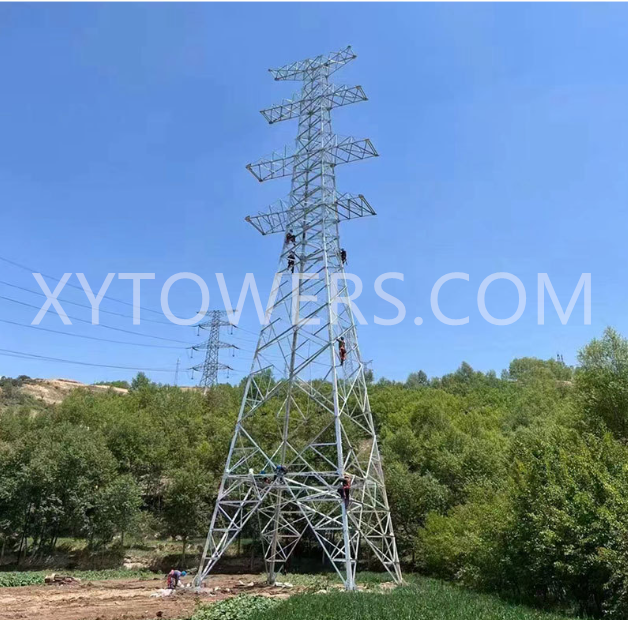China is one of the few countries in the world that uses coal as its main energy source. It is rich in coal, hydropower, and wind energy resources, but its oil and natural gas reserves are relatively limited. The distribution of energy resources in my country is extremely uneven. Generally speaking, North China and northwest China, such as Shanxi, Inner Mongolia, Shaanxi, etc., are rich in coal resources; water energy resources are mainly concentrated in Yunnan, Sichuan, Tibet and other southwestern provinces and regions, with large altitude differences; wind energy resources are mainly distributed in the southeastern coastal areas and nearby islands and northern regions (Northeast, North China, Northwest). Electric power load centers across the country are mainly concentrated in industrial and agricultural production bases and densely populated areas such as East China and the Pearl River Delta. Unless there are special reasons, large power plants are generally built in energy bases, leading to energy transmission problems. The "West-to-East Power Transmission" project is the main way to realize power transmission.
Electricity differs from other energy sources in that it cannot be stored on a large scale; generation, transmission and consumption occur simultaneously. There must be a real-time balance between electricity generation and consumption; failure to maintain this balance could compromise the security and continuity of the electricity supply. The power grid is a system power facility composed of power plants, substations, transmission lines, distribution transformers, distribution lines and users. It is mainly composed of transmission and distribution networks.
All power transmission and transformation equipment are interconnected to form a transmission network, and all distribution and transformation equipment are interconnected to form a distribution network. The power transmission network consists of power transmission and transformation equipment. Power transmission equipment mainly includes conductors, ground wires, towers, insulator strings, power cables, etc.; power transformation equipment includes transformers, reactors, capacitors, circuit breakers, grounding switches, isolating switches, lightning arresters, voltage transformers, current transformers, busbars, etc. Primary equipment, as well as relay protection and other secondary equipment to ensure safe and reliable power transmission, monitoring, control and power communication systems. Transformation equipment is mainly concentrated in substations. The coordination of primary equipment and related secondary equipment in the transmission network is crucial for the safe and stable operation of the power system and preventing chain accidents and large-scale power outages.
The power lines that carry electricity from power plants to load centers and connect different power systems are called transmission lines.
The functions of transmission lines include:
(1) ‘’Transmit power’’: The main function of overhead transmission lines is to transport power from power generation facilities (such as power plants or renewable energy stations) to distant substations and users. This ensures reliable power supply to meet the needs of social and economic activities.
(2) ‘’Connecting power plants and substations’’: Overhead transmission lines effectively connect various power plants and substations to form a unified power system. This connection helps achieve energy complementation and optimal configuration, improving the overall efficiency and stability of the system.
(3) ‘’Promote power exchange and distribution’’: Overhead transmission lines can connect power grids of different voltage levels to realize power exchange and distribution between different regions and systems. This helps balance the supply and demand of the power system and ensure the reasonable distribution of electricity.
(4) ‘’Share peak electricity load’’: During peak periods of electricity consumption, overhead transmission lines can adjust current distribution according to actual conditions to effectively share the electricity load and prevent overloading of some lines. This helps ensure the stable operation of the power system and avoid blackouts and malfunctions.
(5) ‘’Enhance the stability and reliability of the power system’’: The design and construction of overhead transmission lines usually consider various environmental factors and fault conditions to ensure the stability and reliability of the power system. For example, through reasonable line layout and equipment selection, the risk of system failure can be reduced and the system's recovery capability can be improved.
(6) ‘’Promote optimal allocation of power resources’’: Through overhead transmission lines, power resources can be optimally allocated within a larger range to achieve a balance between power supply and demand. This helps improve the efficiency of power resource utilization and promotes sustainable economic development.

Post time: Oct-30-2024





